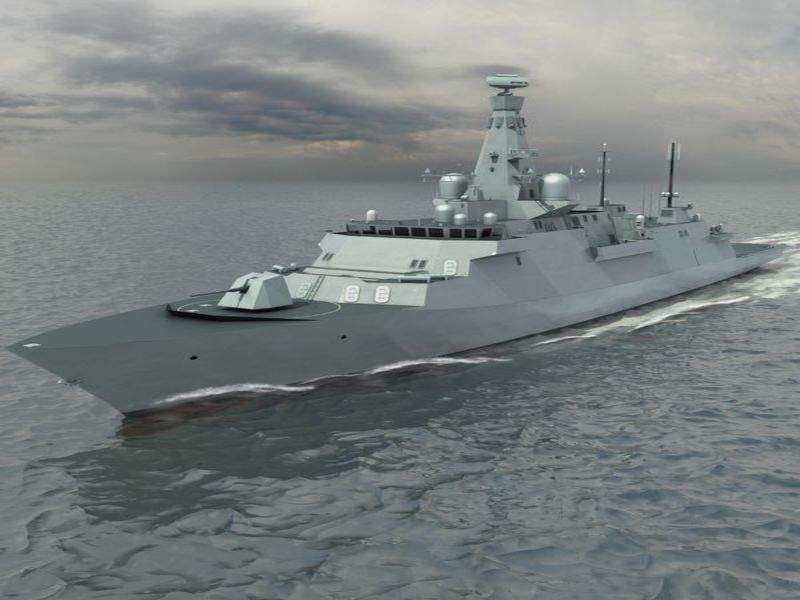

Raytheon Anschütz has successfully completed the integration of a warship electronic chart display information system (WECDIS) into the British Royal Navy's Type 26 global combat ships (GCS) programme.
The Royal Navy’s fleet-wide standardisation agreement (STANAG)-compliant WECDIS charting software has been integrated into Raytheon’s Synapsis navigation and bridge systems (INBS) as part of the Type 26 GCS programme.
The installation was carried out after the completion of a critical design review for the integration of WECDIS into INBS.
Raytheon Anschütz defence sales manager Richard Waldron said: “Now with a fully STANAG-compliant WECDIS integrated into a Raytheon Anschütz integrated bridge and navigation system, Raytheon Anschütz is able to provide customers with further enhanced navigational and operational capabilities for their naval platforms.”
Synapsis features open architecture and a shared computing environment, which represent the advanced bridge system interoperability, integration, scalability and performance.
The open architecture simplifies logistics, while reducing initial hardware costs and offering through-life sustainment.
Waldron added: “Integration of customer-specific, third party, STANAG-compliant WECDIS into an IMO-compliant INBS is unique in the naval market.
“With WECDIS integration now a core competency of Raytheon Anschütz, we are in a position to offer customers this low-risk WECDIS solution, which overcomes the challenges of fleet-wide commonality.”
The Royal Navy’s Type 26 global combat ships will replace the eight Type 23 anti-submarine warfare (ASW) frigates.
The Type 26 vessels are intended for worldwide deployment and will be capable of executing a wide range of operations, from high-intensity warfare to humanitarian assistance, either operating independently or as part of a task group.
Image: Artistic rendering of the UK Royal Navy’s Type 26 global combat ship. Photo: copyright Raytheon Anschütz.



